WHAT'S NEW
Pellet logging loopholes
From Justin Castanoso’s latest article in Mongabay:
“In a surprising and unprecedented vote this week, the European Parliament’s Environment Committee recommended the scaling back of the EU’s existing subsidies incentivizing the burning of wood pellets, replacing coal for heat and energy. The committee also urged the European Union to reduce how much it counts forest biomass toward the continent’s renewable energy goals.
Forest advocates are viewing the move with both hope and skepticism.”
What we hope is that EU Environment Committee considers changing a bad loophole in their renewable energy biomass recommendations that could make primary forest pellet logging worse.
The EU Environment Committee is recommending curtailing burning forest biomass for renewable energy, but appears to be making an exemption for forests affected by fire, insects and disease.
Let’s talk about natural disturbances.
ALL primary forests (forests that have never been industrially logged) have diseases, pests and fire now or in the past. Disease, pests and fire are called natural disturbances. Death and decay from these disturbances are fundamental processes in all primary forests.
Diseases, pests and fire create wildlife habitat at all scales (individual tree to landscape). Wildlife need holes in trees, rotten bases, and fallen logs to find homes.
Below are photos of primary forests with disease, pests and fire that would appear to be exempted from the EU Environment Committee’s current recommendations on pellet logging.
This is the inland temperate rainforest with a past western hemlock looper (native insect) outbreak in the Goat River area east of Prince George, BC:

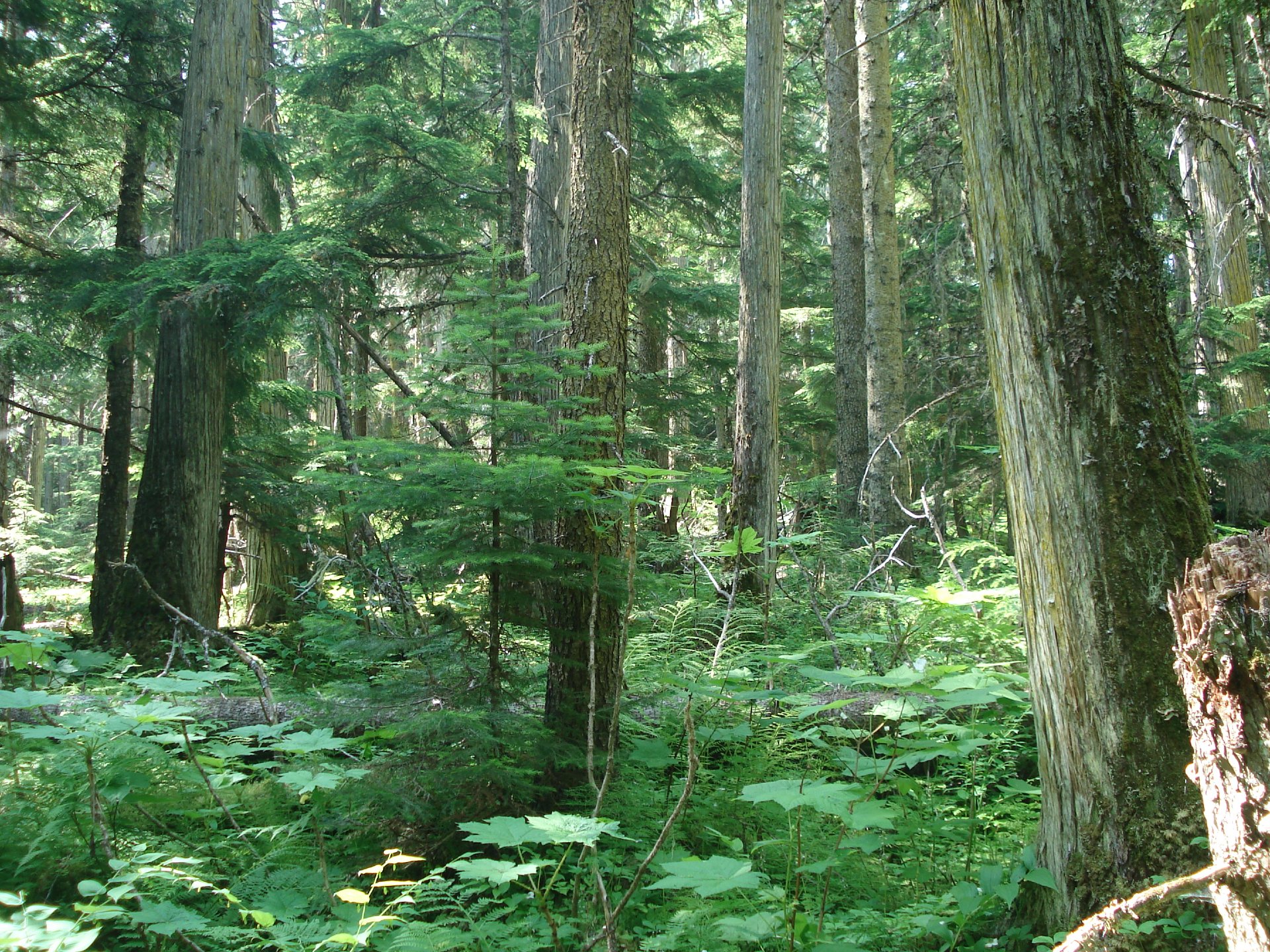
This is a spruce beetle (native insect) outbreak in the Parsnip drainage north of Prince George and one west of Mackenzie, BC. Read about the importance of spruce beetle to the boreal rainforest here. The second photo is by Maya Menezes:
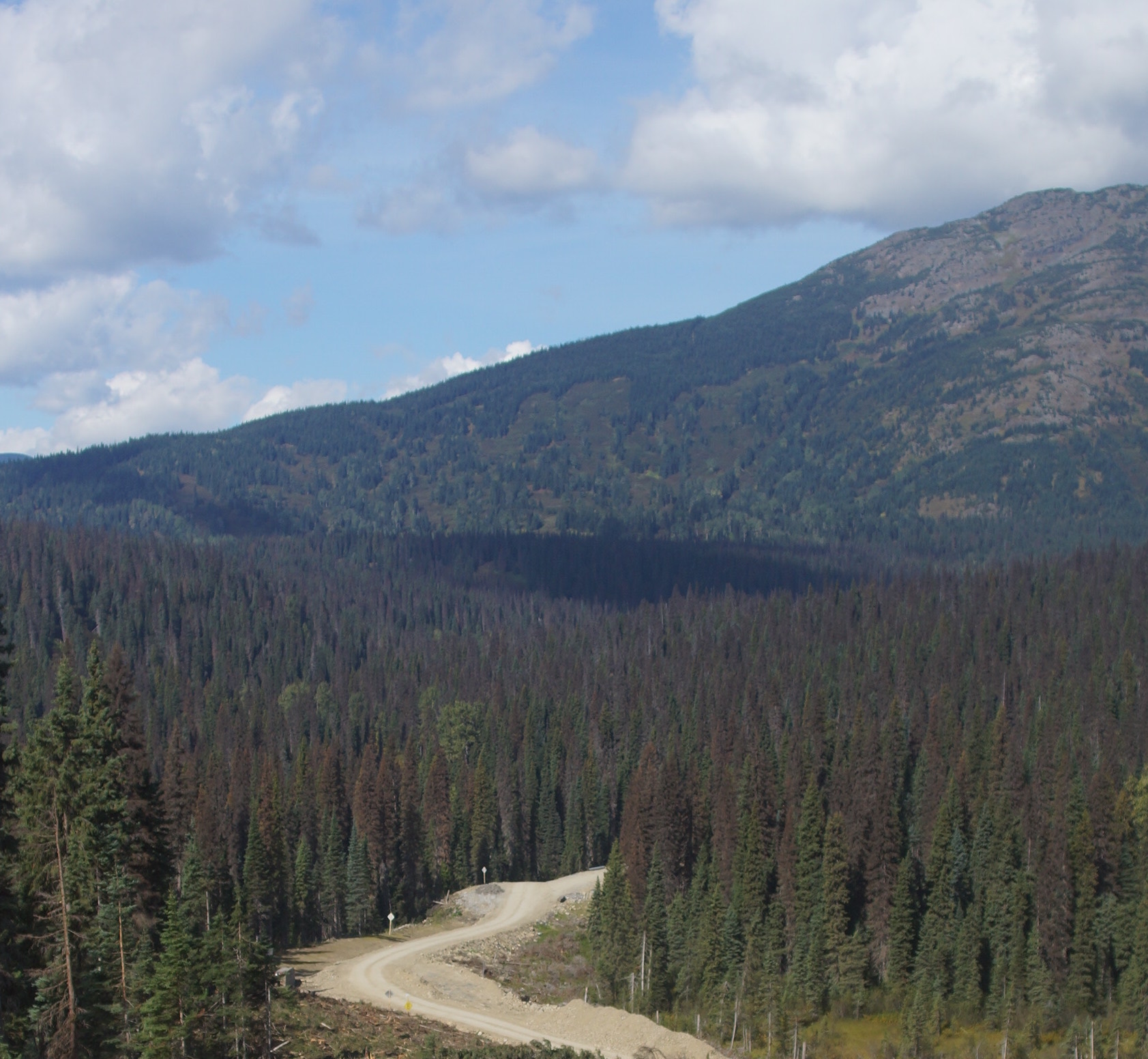
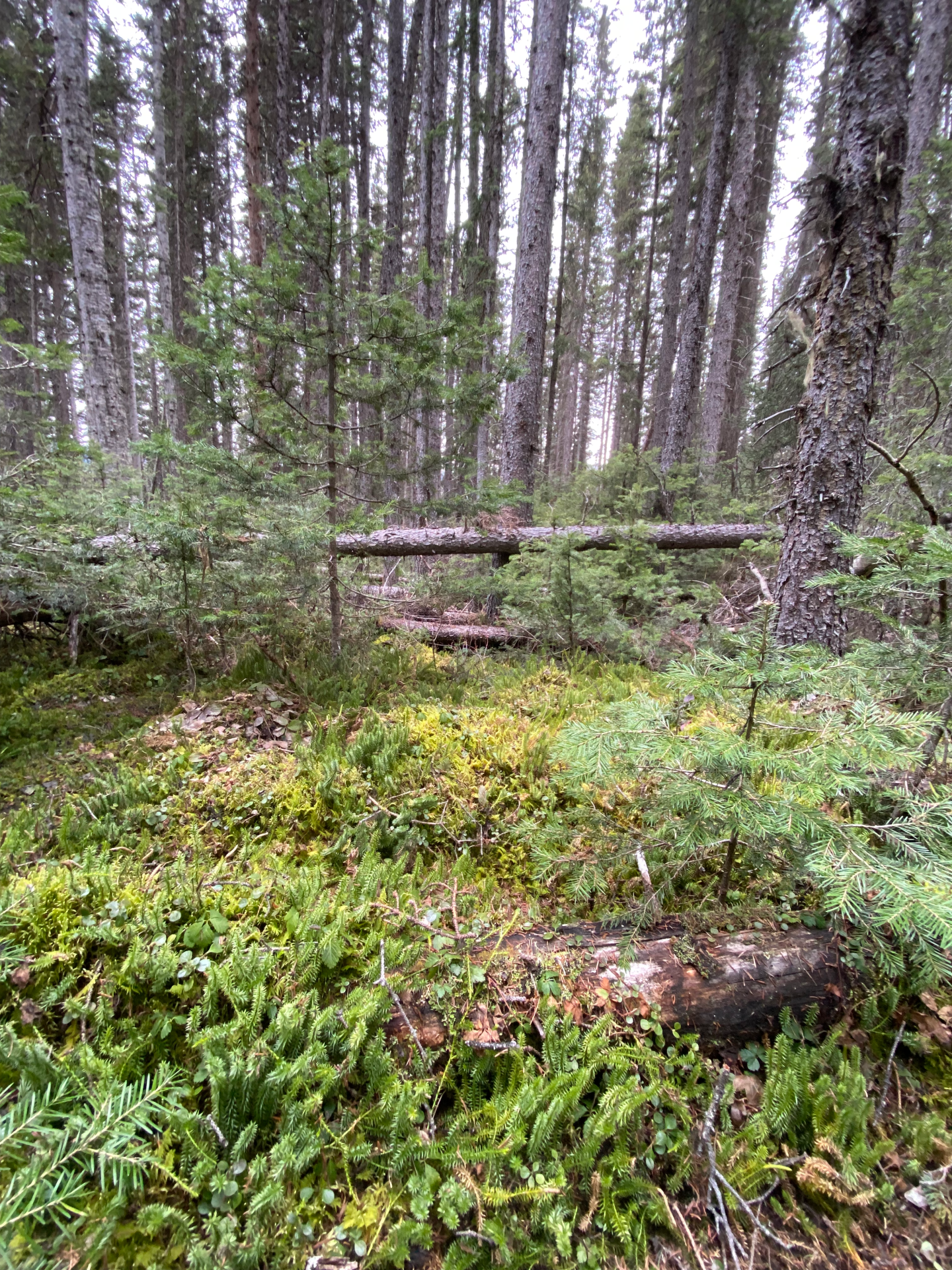
This is aftermath of wildfire south of Vanderhoof and near Longworth, BC.
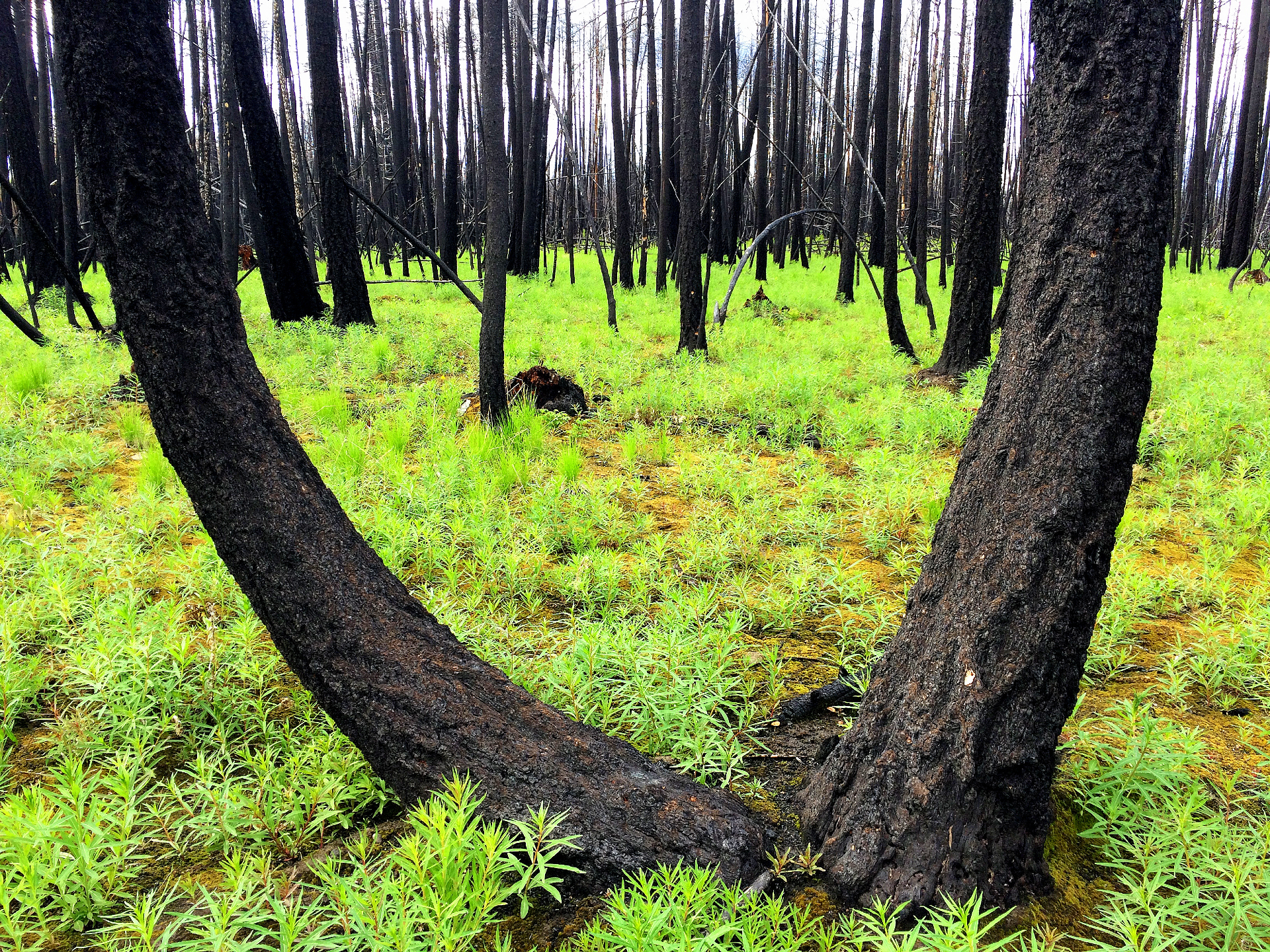
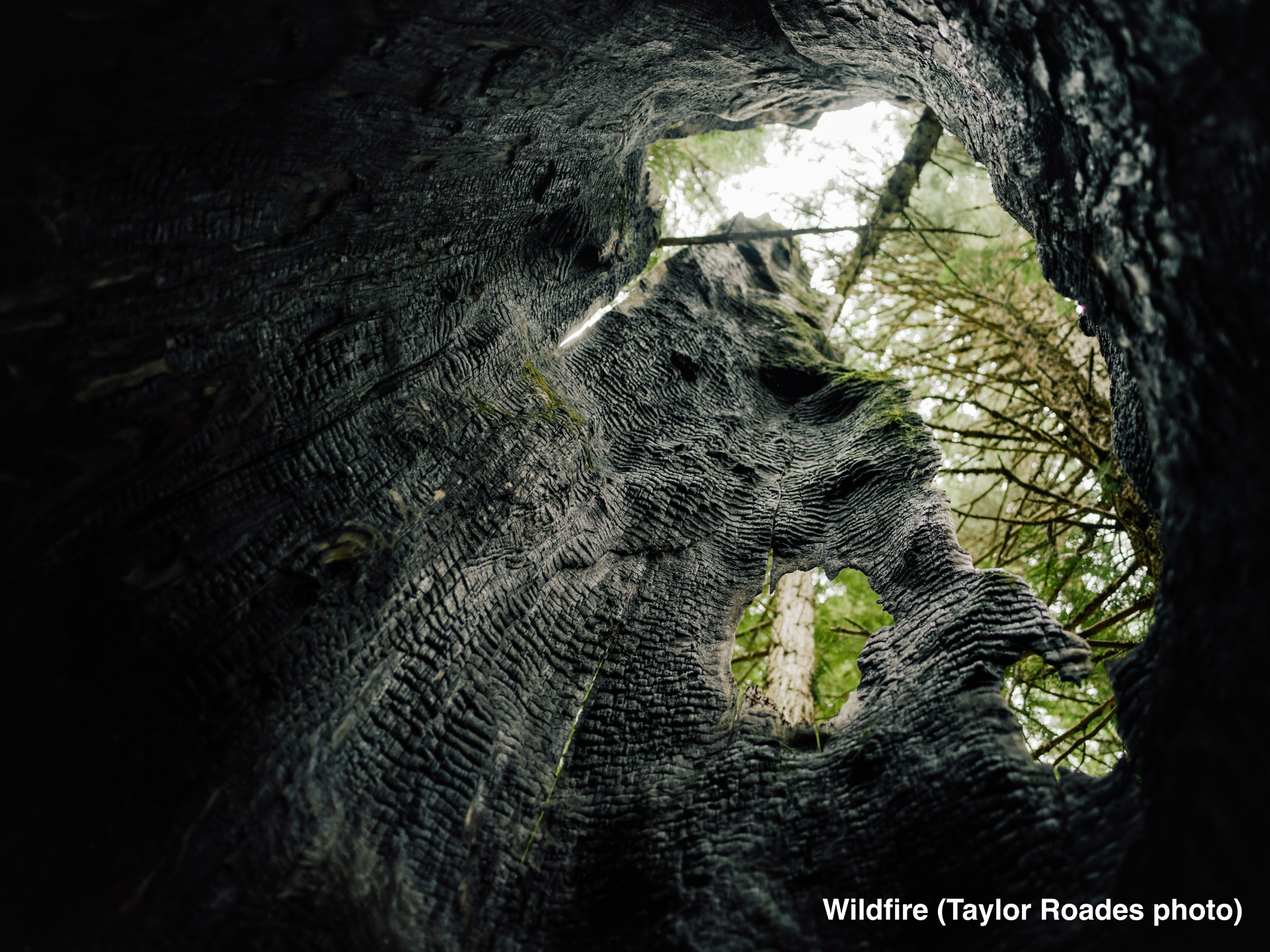
This is a decaying stump north of Revelstoke, BC, and a cavity for wildlife in a rotting birch in central BC.
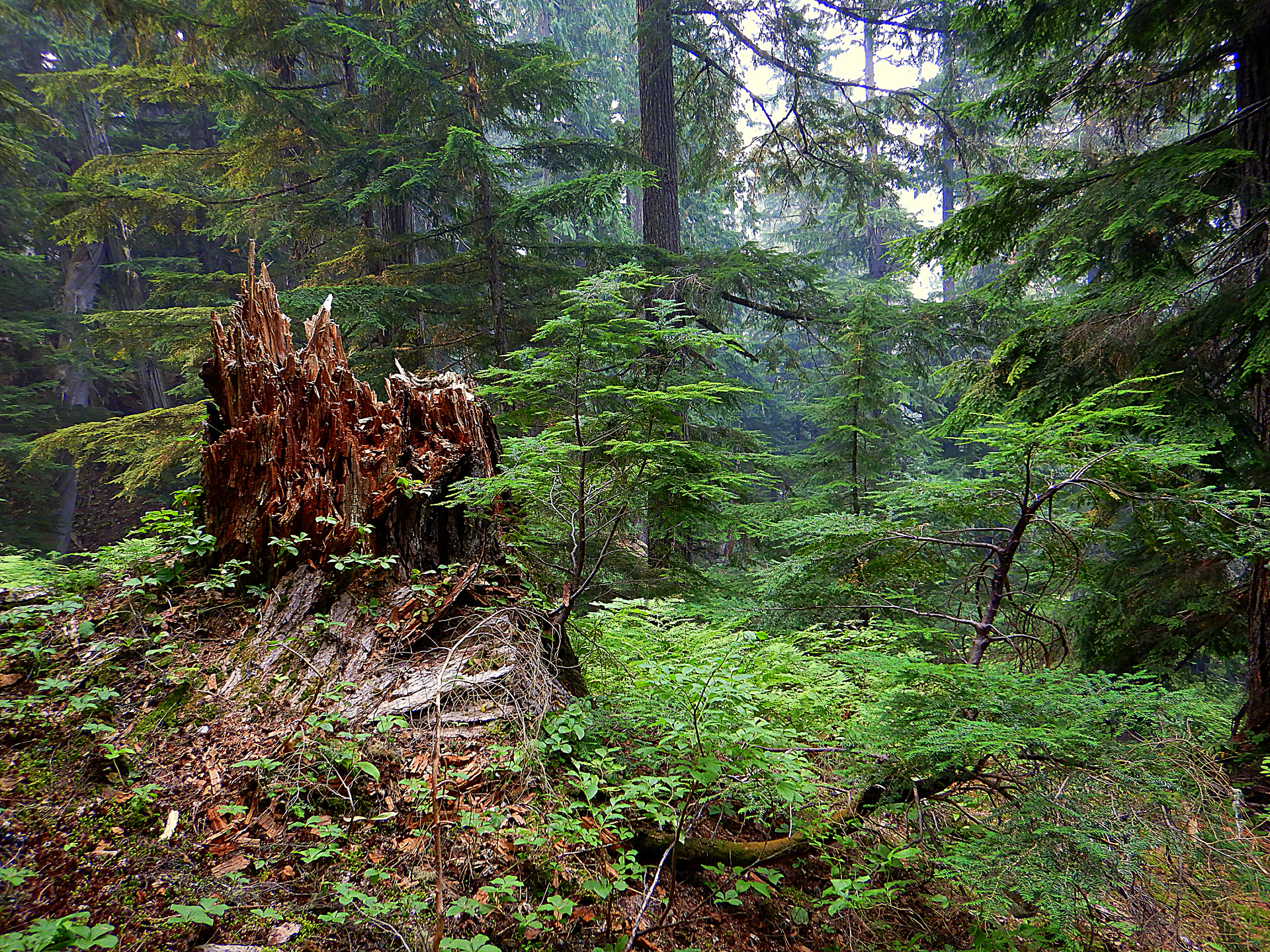
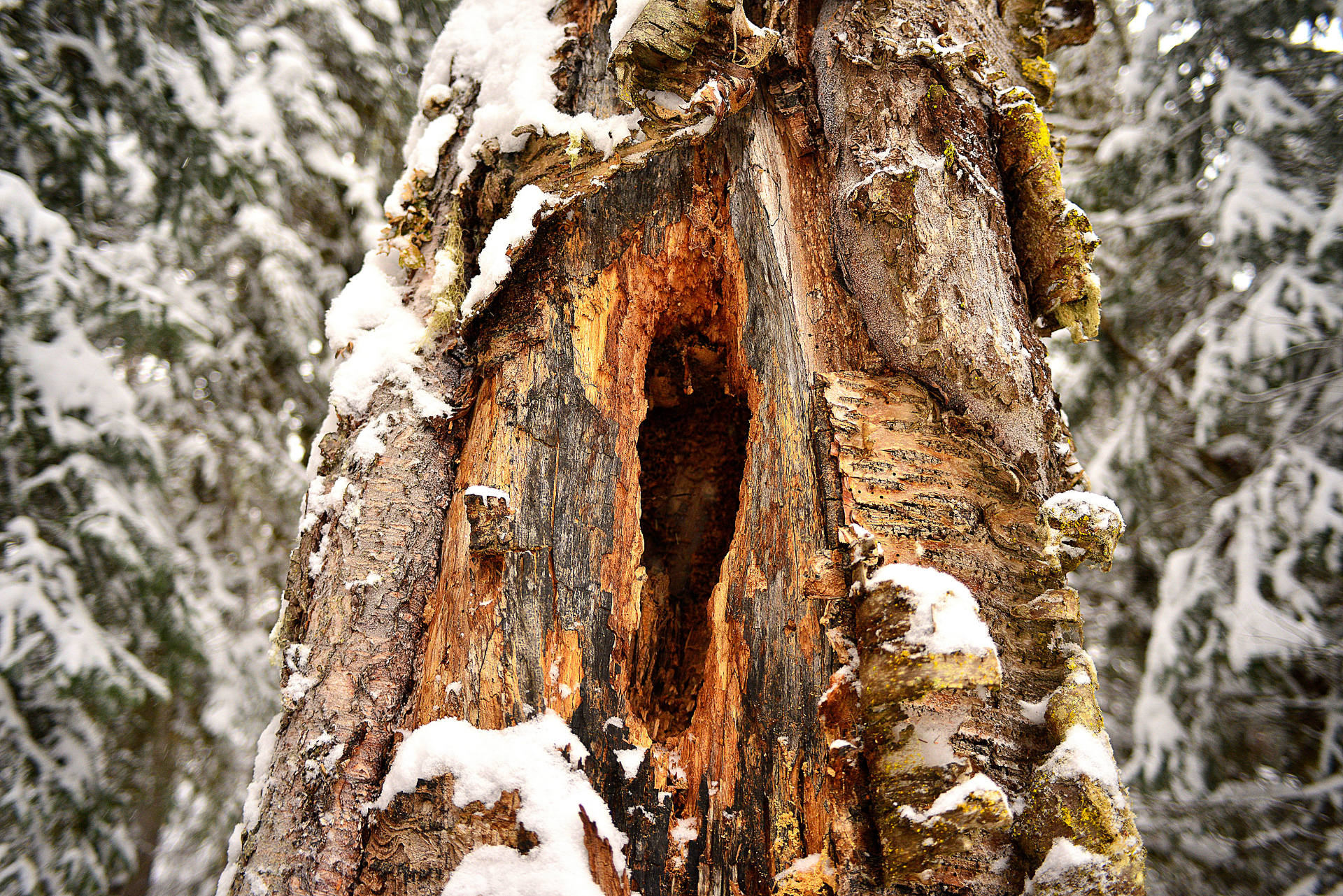
As you can see, primary forests with disease, pests and fire are complex and full of life and dimension. They are intact.
Primary forests stand in contrast with industrialized, simplified, ecologically degraded forests like this pine plantation east of Prince George.
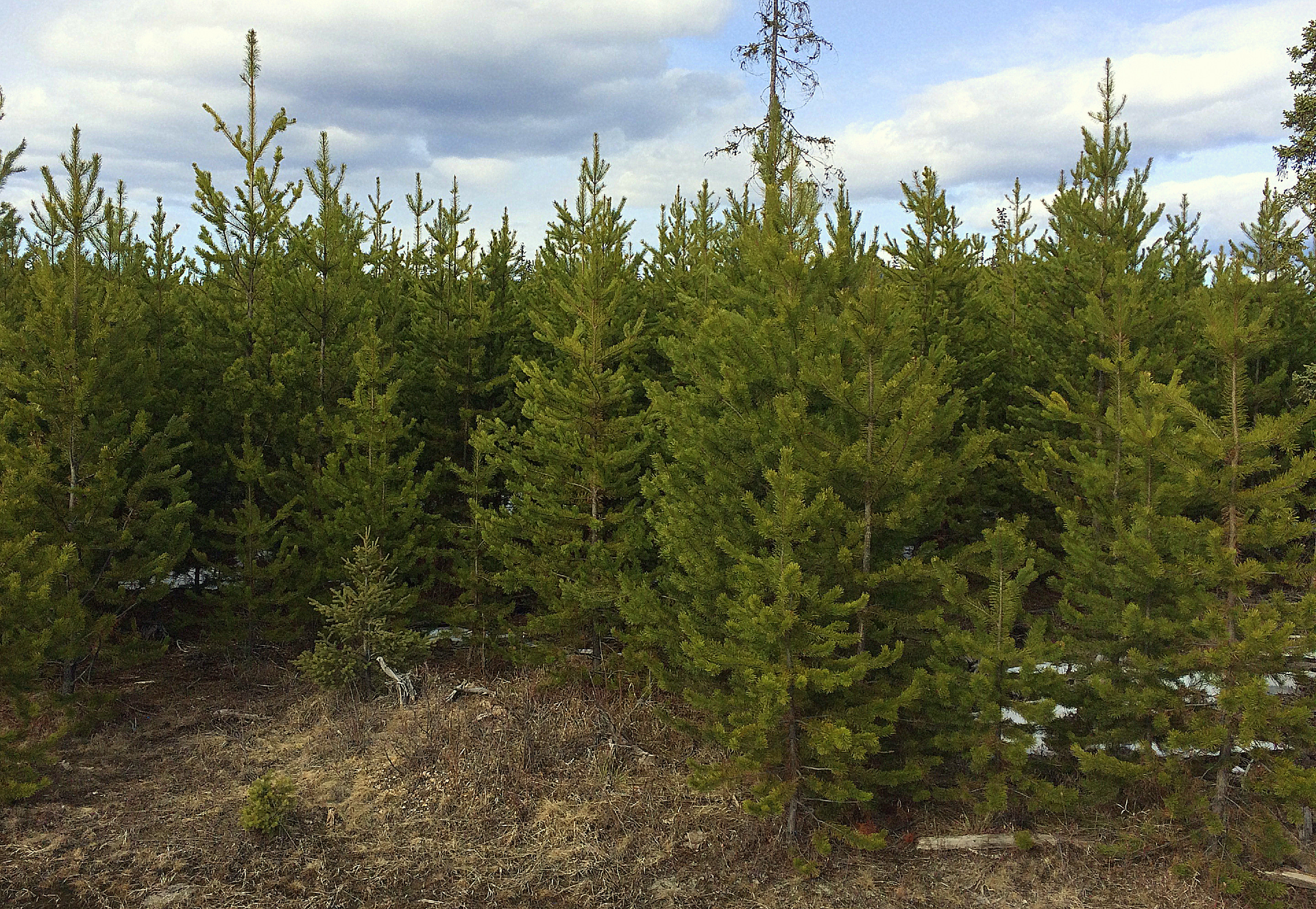
Unless there is some kind of blanket ban on logging primary forest for pellets among their recommendations that we aren’t aware of, the EU Environment Committee considers primary forests that are undergoing natural processes as great for turning into pellets.
Confusingly, the EU Environment Committee defines both plantations and natural forests together as “primary woody biomass”, but then creates that logging loophole for actual primary forests, which have disease, insects and wildfire.
We are open to being corrected on our interpretation of these recommendations and the loophole, but if we are not wrong, the loophole needs to be taken out ASAP or it will contribute to more ecological harm in BC and other places that still have primary forest.
Anyone familiar with how industrial forestry operates in BC knows that natural disturbances like diseases, pests and wildfire are often a Trojan Horse for logging old growth and other types of primary forest.
Meet the Anzac valley in north-central BC, a previously pristine boreal rainforest that was rapidly logged for lumber after a spruce beetle outbreak a few years ago, creating serious problems for bull trout, fisher and mountain caribou. Read more about what happened to the Anzac here.

As they are worded now, the EU Environment Committee recommendations may reduce the use of wood biomass but may increase the use of naturally-disturbed primary forest for pellets.
This is a perverse outcome.
To protect primary forests and the climate the EU Environment Committee must remove the loophole that allows biomass from naturally disturbed forests to contribute towards renewable energy targets. If you have more insights into any of this, please email us at info@conservationnorth.org.
